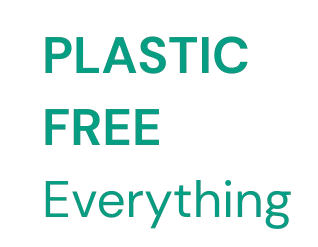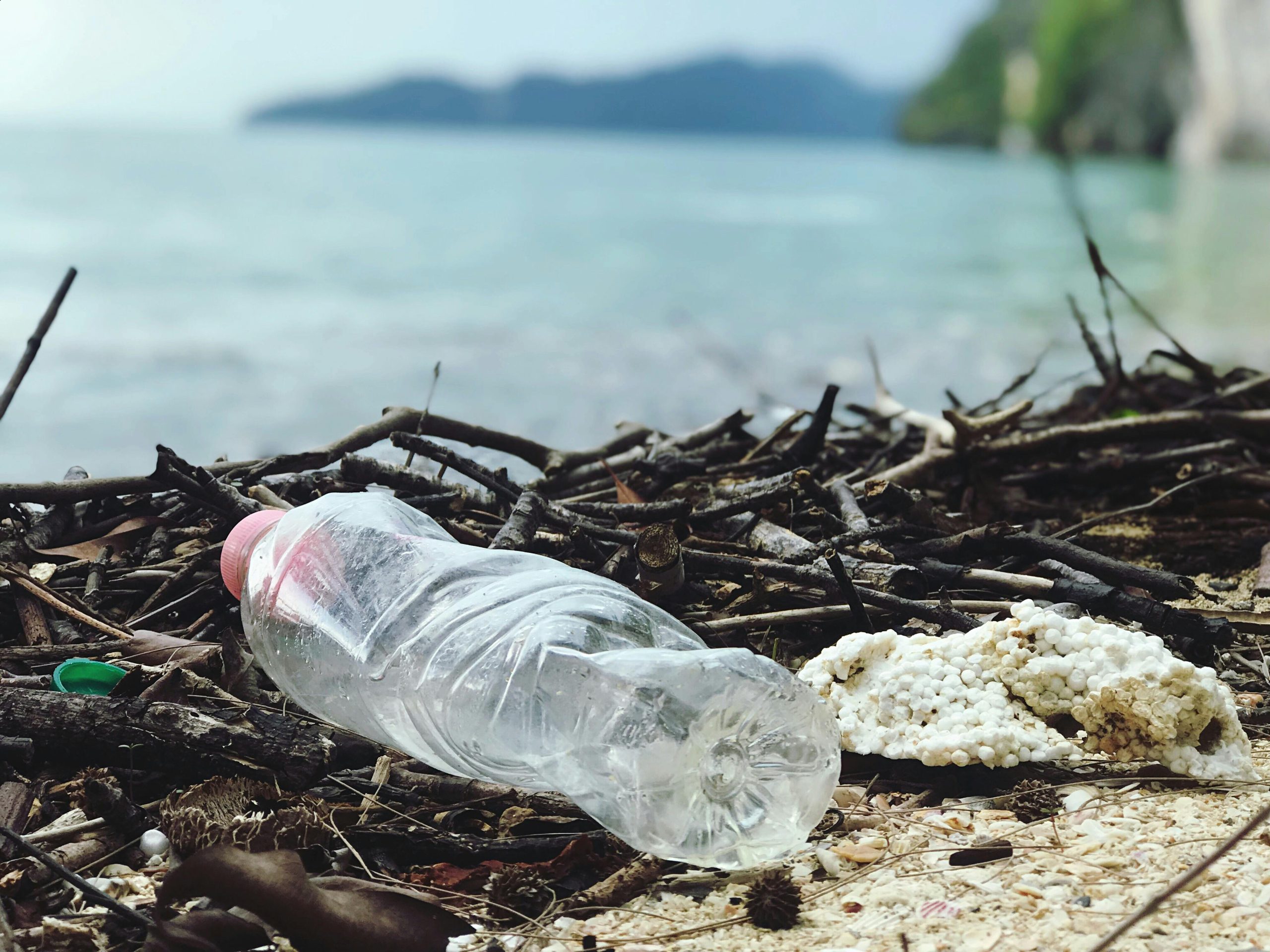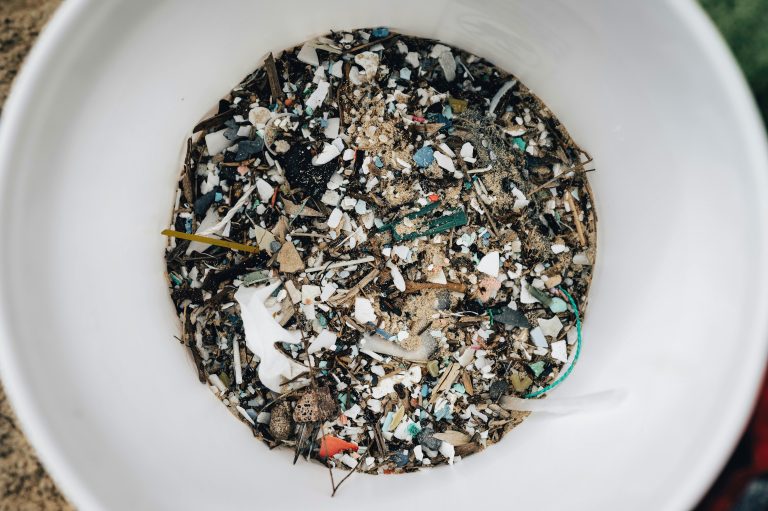The 450-Year Bottle: Uncovering the True Cost of Our Most Convenient Waste
The 450-Year Bottle: The Story of a Journey That Shouldn’t Exist
It’s a summer afternoon, and you’re standing in a convenience store line.
The refrigerator hums. Bottles of water glisten under the fluorescent lights, condensation beading on their sides. You grab one, twist the cap, and take a long drink. Fifteen minutes later, it’s empty, tossed into a bin, and out of your mind.
But while you’ve moved on, that bottle’s journey is just beginning, a 450-year odyssey that will outlast you, your children, and your grandchildren. This is the story of that bottle, from its birth deep underground to its quiet persistence in landfills, oceans, and even human bodies.
From Crude to Container
The story begins in darkness. Fossil fuels trapped beneath the earth’s surface for millions of years. Ninety-eight percent of single‑use plastics are made from oil and natural gas (UNEP), extracted and refined into chemicals like ethylene glycol and terephthalic acid. Combined, they form polyethylene terephthalate, or PET, a plastic prized for being lightweight, clear, and strong.
The process is energy‑intensive. Producing 1 kg of PET resin emits 2.2–2.7 kg CO₂ and uses 70–83 MJ of energy (NIH). A single 500 mL bottle, ~20 g of plastic. embeds roughly 100 g of CO₂ before it’s even filled. With 500+ billion bottles sold annually, that’s ~50 billion kg of CO₂ per year from production alone (Our World in Data).
Water is another hidden cost: producing a 1 L PET bottle can require up to six liters of water when you include extraction, processing, and cooling (Water Footprint Calculator). In practical terms, your half‑liter bottle embodies ~5 liters of water before it holds a drop.
Factories, often in Asia‑Pacific, with China producing about 31% of global PET (study summary), convert PET pellets into preforms and blow‑mold them into bottles in seconds. Forklifts move shrink‑wrapped stacks of empty bottles to waiting trucks.
Bottle Miles – Transport CO₂ per Bottle
Estimate shipping emissions for one bottle across up to three legs. Choose item weight, set distances, and compare modes.
Advanced: change emission factors (g CO₂e / tonne-km)
The Brief Life of a Single‑Use Product
Stage 1: Logistics Liftoff
Some bottles are filled near where they’re made. Many aren’t. PET preforms may be molded in Asia, shipped in containers across oceans, then blow‑molded and filled elsewhere. Finished bottles are wrapped and loaded onto trucks, trains, or ships bound for retailers.
Global shipping contributes ~3% of worldwide greenhouse gas emissions (OECD). Route disruptions can spike emissions dramatically; rerouting around the Suez Canal added ~38% to emissions for some voyages in 2024 (Reuters). A single trans‑Pacific container trip can emit tons of CO₂, depending on fuel and distance.
Stage 2: A Cold and Costly Pause
Bottled beverages often spend days or weeks in cold storage. According to the Beverage Industry Environmental Roundtable, refrigeration can account for 8–35% of a drink’s total carbon footprint (BIER guidance PDF). On a per‑bottle basis, that’s ~25–50 g CO₂ just to keep it cold for you. The systems often rely on HFC refrigerants, which can have global warming potentials thousands of times higher than CO₂ if they leak (Columbia Climate School).
Cold Chain Impact – CO₂ from Keeping It Cold
Estimate per‑bottle refrigeration emissions based on days in chillers. Switch to Advanced for local data.
Advanced (use local fridge & grid data)
Stage 3: Blink‑of‑an‑Eye Use
Finally, the bottle reaches you. Maybe it’s plucked from a vending machine at the station, or a grocery store fridge. You drink it in minutes. In the U.S., we use ~127 billion bottles each year, more than one per person per day (Container Recycling Institute). Globally, it’s ~1 million bottles purchased every minute (UNEP).
Despite the recycling symbol on the label, only ~12% of PET bottles are actually recycled worldwide (sector snapshots / PlasticsEurope overview). In the U.S., the PET bottle recycling rate remains under 30% (EPA trend data).
Bottle vs. Car vs. Country
Enter how many plastic bottles you use per week:
FOUR FATES OF A PLASTIC BOTTLE
Your bottle has been drained, the last drop gone. It’s tossed into a bin, dropped on a sidewalk, or stuffed in a park trash can. From here, its journey forks into four possible paths, each with its own consequences.
Fate One: Recycling — The Best Bad Option
In the best case, your bottle lands in a recycling bin and is picked up by a curbside truck. It’s hauled to a materials recovery facility (MRF), where conveyor belts rattle, magnets pull metals away, and workers pluck out trash that shouldn’t be there. PET bottles are crushed into bales and sold to processors, who grind them into flakes and wash away labels and residue.
If demand is high, the flakes are melted into pellets that can become new bottles, reducing the need for virgin PET. This process avoids about 11 grams of CO₂ per bottle compared to making new plastic from scratch . But there’s a catch: PET degrades each time it’s recycled . Most bottles are downcycled into fibers for carpet or clothing rather than reborn as new containers. Eventually, even those fibers reach a point where they can’t be reused and are discarded.
Globally, only about 12% of PET bottles ever make it into this loop . Even in countries with strong recycling systems, contamination and economics keep rates far below 100%. For every bottle that gets recycled, many more are lost to the other three fates.
Fate Two: Landfilling — Out of Sight, Out of Mind
If your bottle ends up in a trash can, odds are it’s bound for a landfill. Here, buried under layers of other waste, it will sit in darkness for centuries. PET plastic is highly resistant to breaking down, scientists estimate a lifespan of 450 years or more .
In that time, it may slowly fragment into microplastics, which can leach into surrounding soil and groundwater . But unlike organic waste, it won’t decompose into harmless matter. The landfill becomes a tomb, a place where plastic bottles from the 1970s still look almost the same today.
Landfilling has a relatively low active carbon footprint compared to burning , but it’s a dead end for material reuse. Once buried, your bottle is gone from the economic system, but not from the planet.
Fate Three: Incineration — Energy at a Cost
In some regions, trash isn’t buried, it’s burned. Waste-to-energy plants feed refuse into furnaces, using the heat to generate electricity. On paper, it’s a way to recover some value from trash. But burning plastic is essentially burning fossil fuels: PET is derived from petroleum, and every gram of it releases stored carbon when combusted.
A single 500 mL PET bottle releases about 21 g of CO₂ when incinerated, not counting the emissions from transporting it to the facility. Scaled up, the climate cost is staggering. Globally, plastic incineration contributes to hundreds of millions of tons of CO₂ each year .
Even modern plants that filter toxic emissions still produce ash that must be landfilled . In less-regulated facilities, burning plastics can release dangerous chemicals like dioxins and furans into the air .
Fate Four: Escape — Into Oceans and Organisms
The most tragic fate is also the most visible: escape into the environment. Maybe your bottle rolled out of an overstuffed trash can, washed into a storm drain, and floated into a river. Rivers are highways for plastic waste, carrying debris to the sea .
Once in the ocean, bottles can drift for years, battered by waves and sunlight until they break into smaller fragments. Plastic beverage bottles are the third most common item found on beaches worldwide, behind cigarette butts and food wrappers . The caps and labels are often found alongside them.
Marine animals mistake bottles for food. Entire bottles have been found in the stomachs of seabirds and even whales . As they fragment into microplastics, these pieces infiltrate the food chain, showing up in seafood, table salt, and even drinking water .
Scientists now estimate the average person consumes a credit card’s worth of plastic every week . A bottle tossed away in a city street can, through the slow work of wind and water, end up in your body years later.
THE PLASTIC PIPELINE: THE FUTURE WE’RE HEADED TOWARD
Our bottle’s journey might seem like an isolated case, but it’s just one of over half a trillion each year. And production isn’t slowing, it’s accelerating.
By 2040, plastic production and waste are projected to increase by 70% compared to 2020 levels . By 2050, plastics could account for 15% of the global carbon budget and 20% of oil consumption . As other sectors decarbonize, oil companies are betting on plastics to keep their business alive, a shift environmentalists call the plastics pipeline.
If nothing changes, ocean plastic could outweigh fish by mass in 2050 . Already, 80% of marine litter is plastic, and bottles are a major contributor .
But there’s another possible future. Countries with deposit return schemes, like Norway, which recycles over 90% of bottles, prove that systemic change works. Cities banning single-use bottles in public spaces, retailers installing refill stations, and brands shifting to reusable packaging are all part of an alternative story.
BEYOND THE BIN: WHAT WE CAN DO
The bottle you picked up in the convenience store doesn’t have to exist at all. And the easiest way to cut its impact is to avoid it in the first place.
- Choose tap when safe. Filtered tap water is often safer and more regulated than bottled water.
- Carry a reusable bottle. A stainless steel or durable reusable bottle can replace thousands of single-use ones.
- Push for policy. Deposit return systems, bans, and infrastructure upgrades change the game at scale.
- Hold companies accountable. Beverage giants produce billions of bottles each year. Their pledges to use recycled content need to turn into reality.
Our bottle’s journey began in darkness beneath the earth and ended… well, it hasn’t ended yet. Whether it’s buried, burned, recycled, or drifting at sea, it will outlast you.
The real story begins with the next choice you make, whether to reach for another single-use bottle, or to stop that journey before it starts.



